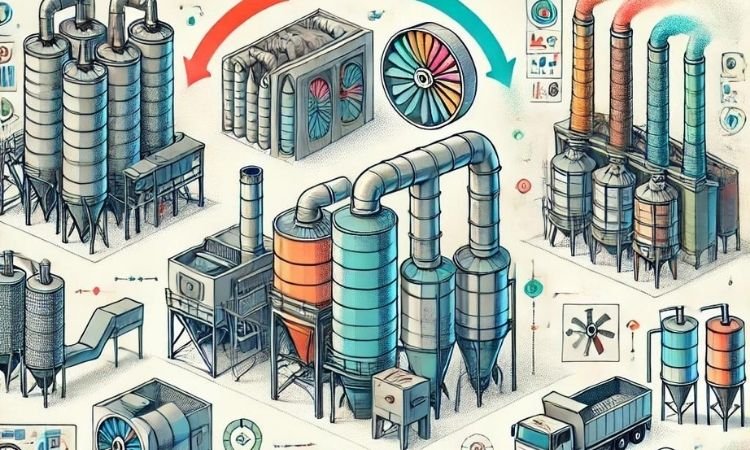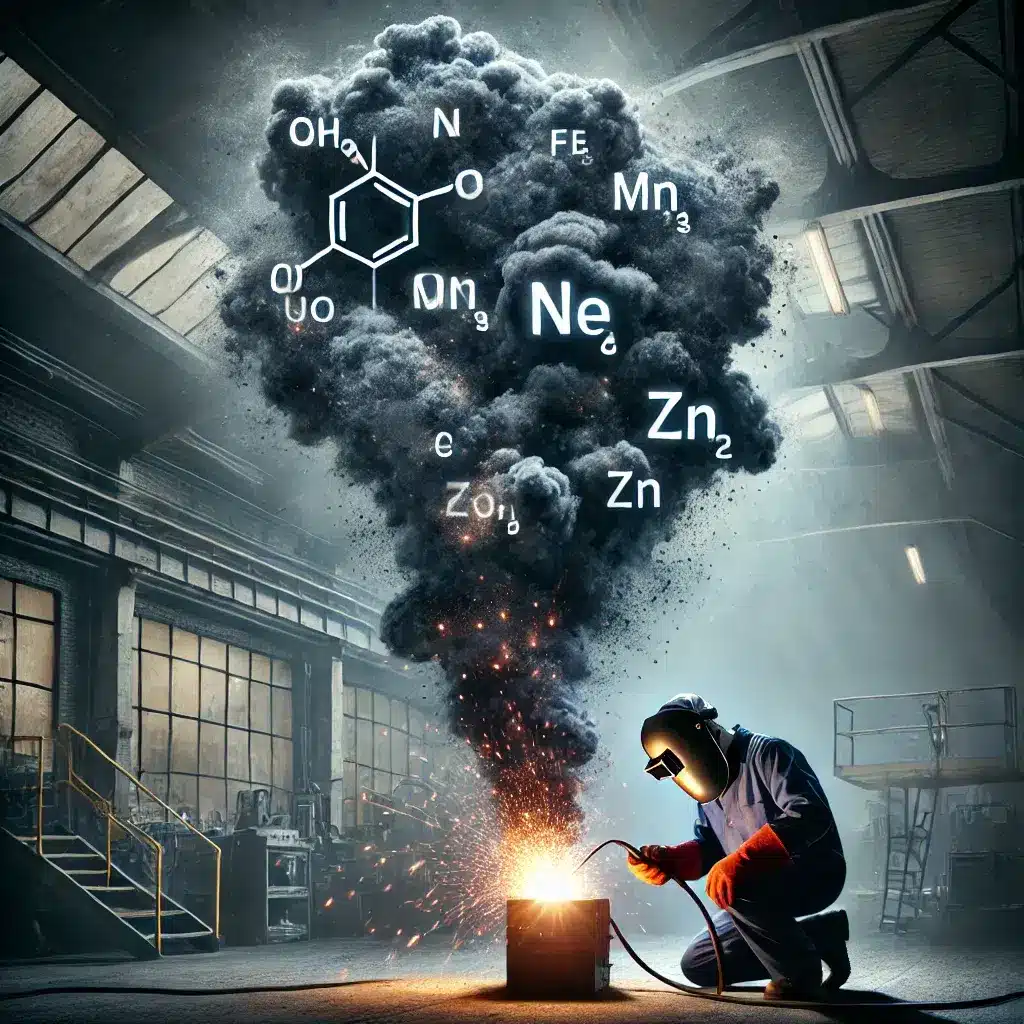Industry 4.0 represents the fourth industrial revolution and is often characterised by the integration of digital technologies into industrial processes. The concept was launched as a government initiative in Germany and was introduced at the Hannover Fair in 2011. Industry 4.0 is based on the use of internet technologies and other advanced digital technologies for the automation of production and operational processes, increasing efficiency, reducing costs and enabling flexibility in production processes.
Industry 4.0 has four main components:
- Internet Connectivity (IoT – Internet of Things): The ability of machines, sensors and systems to exchange data by connecting to each other over the internet, thus monitoring and controlling production processes in real time.
- Big Data and Analytics: Analysing and processing large amounts of data generated and using the information obtained from this data to improve business processes.
- Artificial Intelligence and Machine Learning: The ability of machines to learn by analysing data and to act independently without the need for human intervention in decision-making processes.
- Virtual and Augmented Reality: Virtual reality (VR) and augmented reality (AR) technologies used in the planning, design and training of production processes.
Industry 4.0 offers the potential to reduce costs and improve product quality, while increasing flexibility and customisation opportunities in production. At the same time, it is transforming the structure of the workforce and increasing the demand for new skill sets. This revolution has the potential to transform not only the manufacturing sector but also the entire industrial ecosystem, supply chain and customer relationships.

How to Prepare for Industry 4.0? Industry 4.0 Transition Guide for Businesses
The transition to Industry 4.0 has become an inevitable step for businesses. This transformation process offers significant opportunities to gain competitive advantage, increase efficiency and improve customer experience. However, the right steps must be taken for a successful transition. Here are the things to consider when transitioning to Industry 4.0 for businesses:
1. Make a Situation Assessment
- The first step is to assess your current business processes, technology infrastructure and organisational competencies. This will help you identify which areas need to be improved.
2. Strategic Planning
- Determine how Industry 4.0 can be integrated into your business model, products and services. This requires a comprehensive strategic plan that includes your short, medium and long-term goals.
3. Development of Competences and Skills
- Ensure that your employees have the necessary training and competences to work with new technologies. This should cover both technical skills and adapting to the new ways of working that digital transformation will bring.
4. Strengthen Technological Infrastructure
- Plan the integration of technologies such as IoT devices, cloud computing, artificial intelligence. This will be the basis for data collection, analysis and automation of business processes.
5. Invest in Cyber Security
- Cyber security risks increase with digitalisation. Minimise these risks with strong cyber security protocols, risk management strategies and employee training.
6. Cooperation and Partnerships
- Collaborate with technology providers, consultants and other industrial partners to share knowledge and experience. This can accelerate your transformation process and help you overcome potential challenges.
7. Cultural Transformation
- Industry 4.0 is not only a technological transition, but also a cultural transformation. Foster a culture of open communication, fostering innovation and continuous learning within the company.
8. Start with Pilot Projects
- Before making large-scale investments, test the effectiveness of technologies and strategies by implementing small-scale pilot projects in selected processes.
9. Continuous Improvement
- As the transition to Industry 4.0 is a marathon, continuously evaluate and optimise processes and technologies. This will enable your business to evolve over time and maintain its competitive advantage.
When transitioning to Industry 4.0, these steps can help businesses overcome the challenges they may face and succeed in their digital transformation journey. Flexibility, strategic thinking and innovative approaches are critical in this process.
See also
What Does Industry 4.0 Cover?
Industry 4.0 refers to the integration of digital technologies and automation in industrial production and covers the following main components:
1. Internet of Things (IoT)
The Internet of Things underpins smart factories by enabling physical devices, vehicles and other items to collect and share data over the internet. This enables production processes to become more efficient, flexible and automated.
2. Big Data and Analytics
Processing and analysing the huge amounts of data collected from the production process provides businesses with in-depth insights. This improves decision-making processes, reduces production errors and increases operational efficiency.
3. Artificial Intelligence and Machine Learning
By analysing data, artificial intelligence and machine learning technologies can make predictions, make decisions and even learn and evolve without human intervention. This is used in many areas, from quality control to maintenance processes.
4. Robotics and Automation
Advanced robotic systems provide advantages such as higher productivity, reduced error rates and reduced costs by supporting or replacing human labour in production processes.
5. Cyber-Physical Systems (CPS)
Cyber-Physical Systems are systems created by combining physical and software components. These systems bridge the gap between the real world and the virtual world, allowing machines and systems to interact with each other and with people in real time.
6. Cloud Computing and Edge Computing
Cloud computing infrastructures are used to store, process and analyse data. Edge computing enables data processing to be performed at a point closer to where the data is generated, reducing latency and increasing efficiency.
7. Virtual and Augmented Reality (VR/AR)
Virtual reality and augmented reality are used in many areas from education to design, maintenance and repair. These technologies provide a better understanding of complex processes and increase interactive experiences.
8. Digital Twins
Digital twins are virtual copies of physical objects or systems. These replicas accelerate product development processes and reduce operational risks by performing real-time data analysis and simulations.
Industry 4.0 digitises production processes using these technologies and forms the basis of intelligent production systems. This transformation provides significant advantages such as increased efficiency in production, reduced costs and the ability to respond faster to customer needs.















